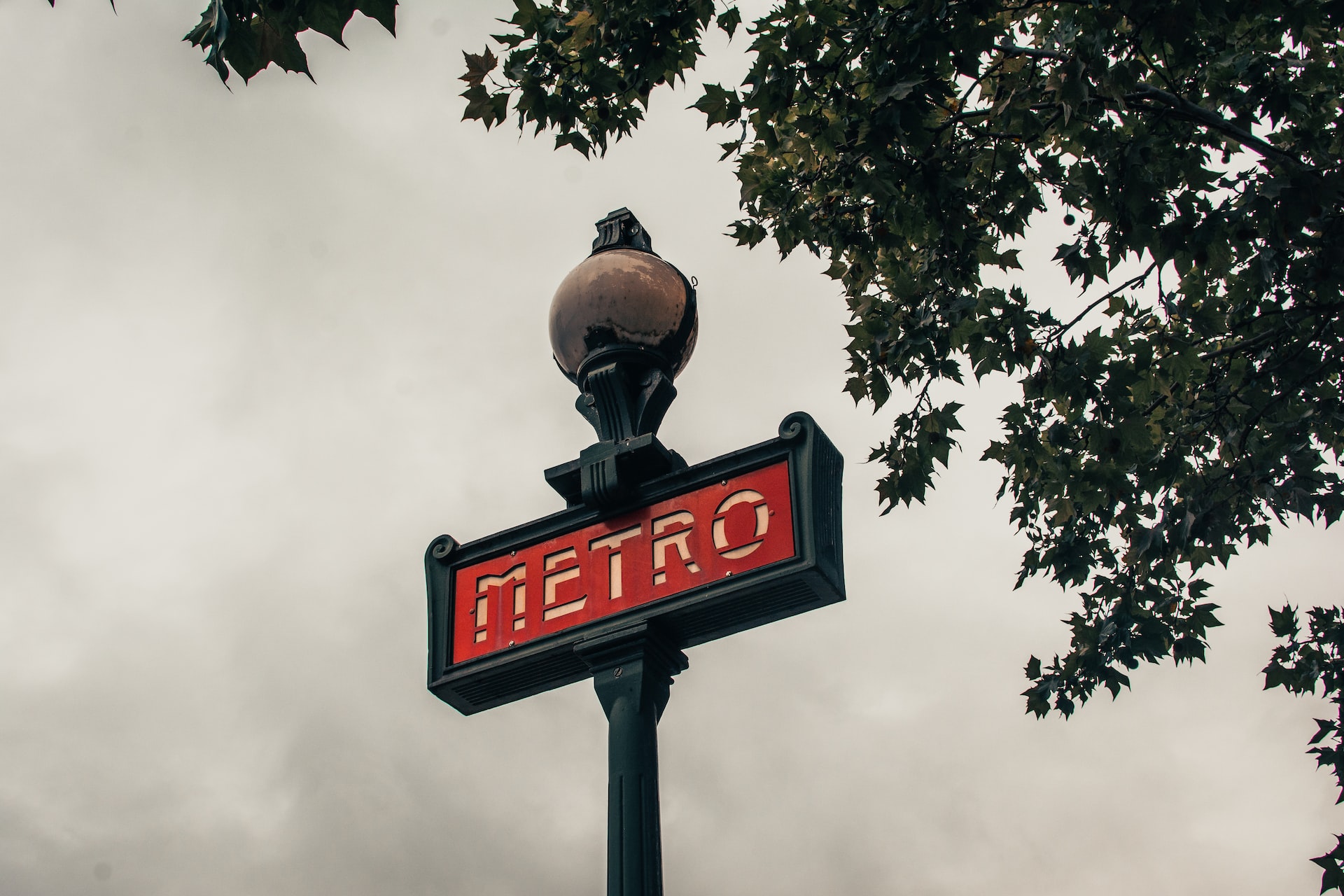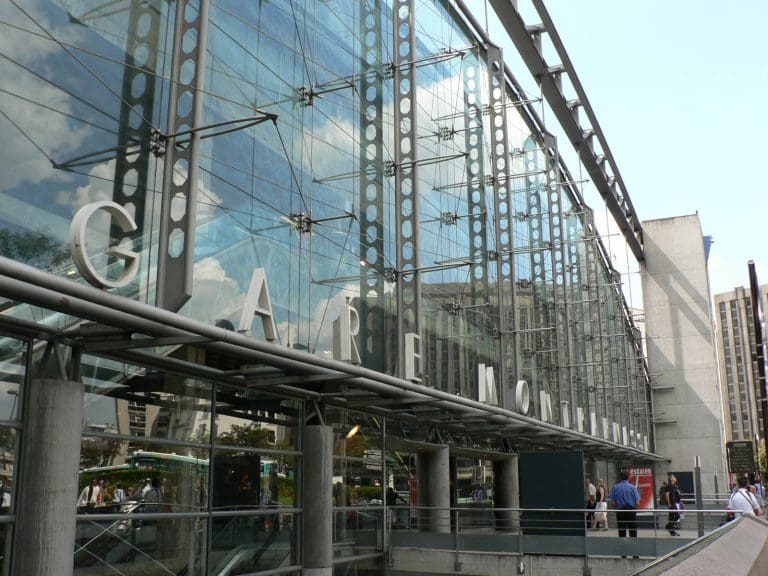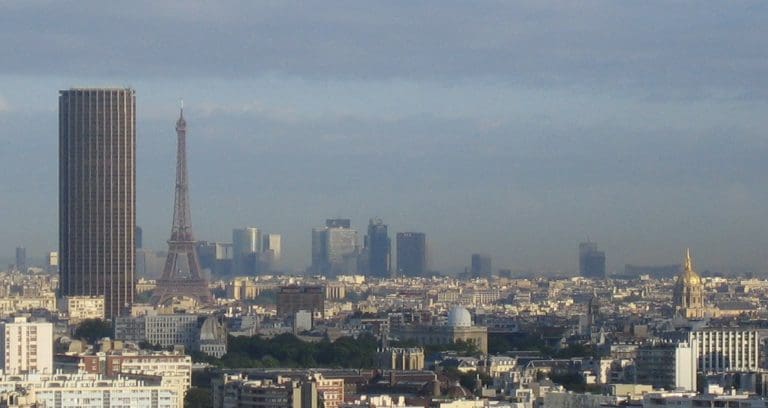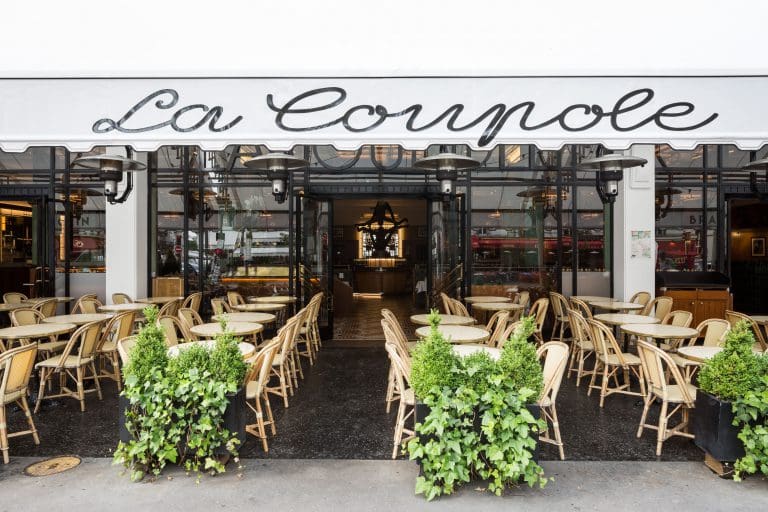Traffic problems in Paris are not new. As early as 1845, the capital was already submerged. Solutions must be found urgently. The metro will soon arrive.
While London and New York had already inaugurated their first underground network in 1863 and 1885, the French Huet and Bienvenue waited until 1895 to submit a project for an urban railway with electric traction. An ambitious project that will take 3 years to be adopted by the city council.
On October 4, 1898, the first pickaxe was given for the construction of line 1 (Pte de Vincennes – Pte Maillot).
The construction site is titanic. 4,000 workers were then mobilized under the direction of the engineer Fulgence Bienvenue. It is then necessary to show treasures of inventiveness to pierce the ground, circumvent obstacles and move kilometers of sewers and water pipes. A single imperative: to be ready for the inauguration of the famous Universal Exhibition scheduled for April 1900.
But despite all the efforts of the workers who progressed underground by 4 meters a day, the meeting was missed since this first line of the Parisian metro only opened its doors discreetly on July 19, 1900. Regardless, the first travelers embark on line n°1 and set off at the speed of …30 km/h!
Six months later, the metro has already transported 15 million travelers enthusiastic about this fast (for the time) and above all economical mean of transport. The first subways that circulate at that time are wooden for the second class but leather for the first.
Building on its success, the metro is experiencing rapid development. At the end of 1914, the network had 10 lines and from 1936 onwards, it ventures outside of Paris to serve the inner suburbs. The RATP was created just after the Second World War and a vast regional program called RER (Réseau Express Régional) was launched. As for the first Orange card, it was born on July 1, 1975. Today, the metro extends over 210 km, has 380 stations and 16 main lines. The latest being of course the famous METEOR which connects, without a driver, the Madeleine to the François Mitterrand Library (it is line 14 which still needs to be extended).
One last number for the road?
32 million passengers use the metro each year. Fortunately, controllers have long since been replaced by machines…



